DESIGNING AND CALCULATING WELD-RING GASKETS
Tightness and reliability required
Weld-ring gaskets are always used when widely varying temperatures prevent the use of a different static gasket, where leakage would lead operational interruption, or where an increased degree of leak tightness and reliability is required because of the hazardous nature of the medium.
Weld-ring gaskets are usually made out of the same material as, or similar material to, pipes or flanges and are only used in pairs. Austenitic weld-ring gaskets are also frequently used for flange joints made from CrMo steels with nickel-based cladding on the sealing surfaces.
Weld-ring gaskets are available in a range of types and materials, as well as in combination with auxiliary gaskets. The type of weld-ring gasket used within a gasket joint depends on the different parameters and requirements. Weld-ring gaskets in profile A21 or A22 are usually used in flanged joints where an even heat expansion and temperature distribution are guaranteed. For flange joints with an uneven heat expansion and temperature distribution, weld-ring gaskets with a hollow lip in profiles such as A24, A25 and A23 are recommended. The hollow lip optimises the state of tension in the gasket seam between the two halves of the weld ring.
If a closed design and non-destructive testing are deemed to be of value, or if the assembly expense is to be significantly lower, we are happy to design our type A42 weld-ring gaskets, corresponding to your requirements.
Regardless of the weld ring profile selected, we highly recommend an review of the flange and gasket design. Calculating the required gasket ring widths, checking the fatigue limit, the required bolt forces and the sealing surface pressure for all operational states reveal any weak points in the gasket joint. Calculating the welded seams can be highly necessary, particularly for weld-ring joints with different material pairings.
In this context, we can offer you:
- The calculation of existing weld-ring gaskets according to the KEMPCHEN standard, with or without strength calculation in accordance to DIN EN 1591-1
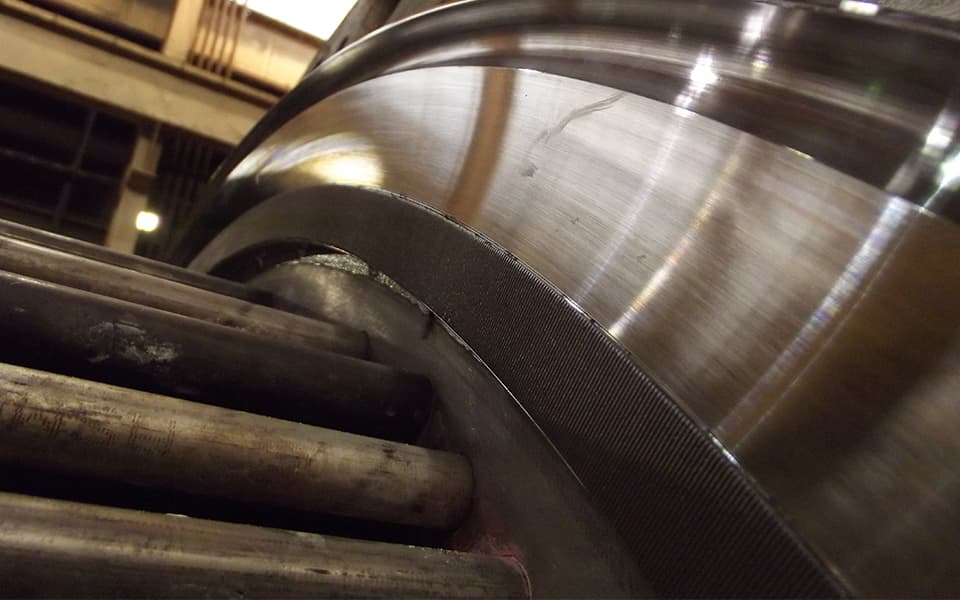
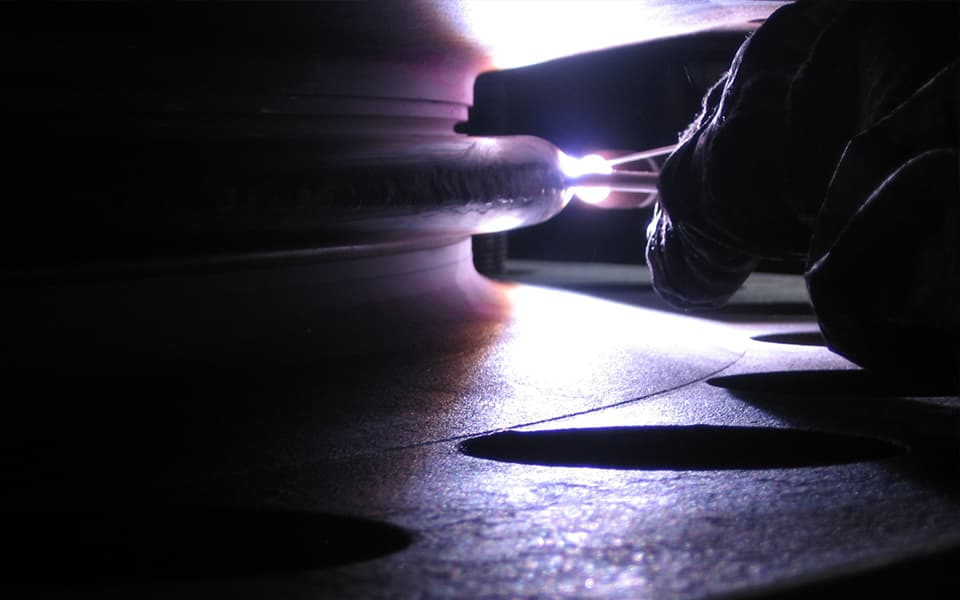
- The design of weld-ring gaskets according to the KEMPCHEN standard and determination of the required gasket geometry, taking into account the specified design, testing and operating conditions, with or without the design of the related flange joint according to DIN EN 1591-1
- The determination of the required materials for the selected weld ring profile
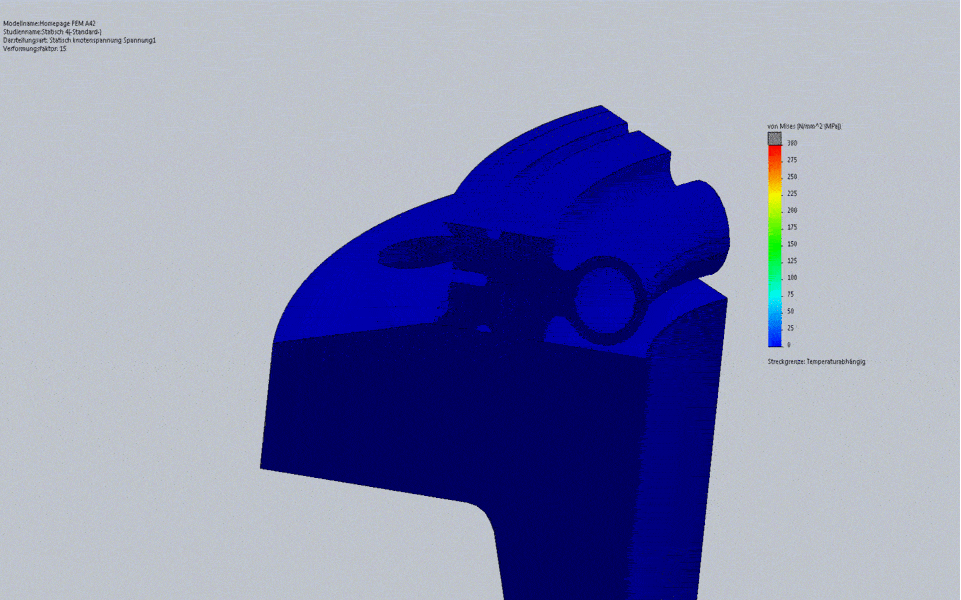
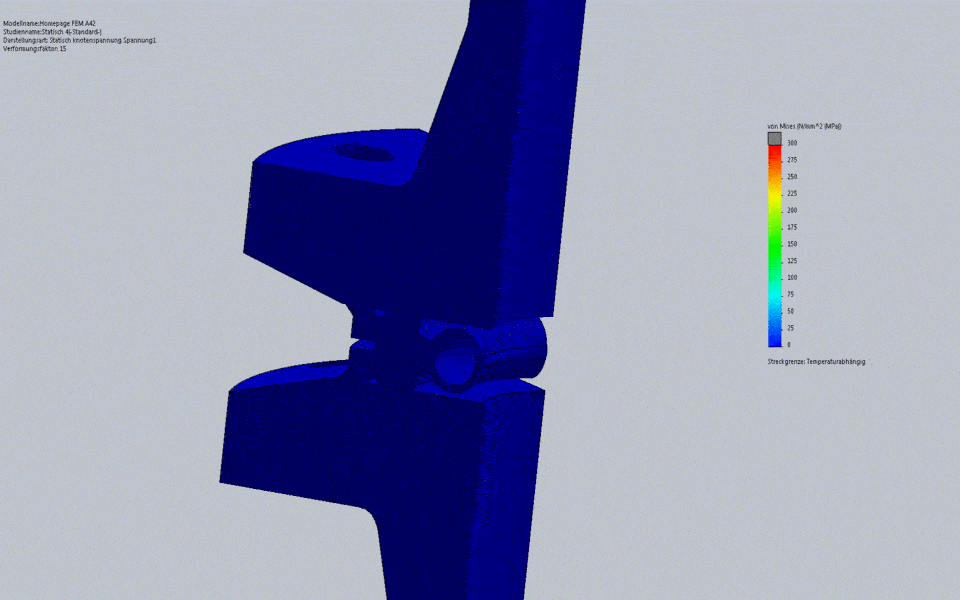
- The determination of the minimum required welded seam geometry for fillet or final seal welds
- The design and supply of clamping devices for assembling weld-ring gaskets
- On-site support / advice before and during the assembly work
- The implementation of on-site welding work for assembling weld-ring gaskets
- Quality management relating to the entire production of the gasket joint
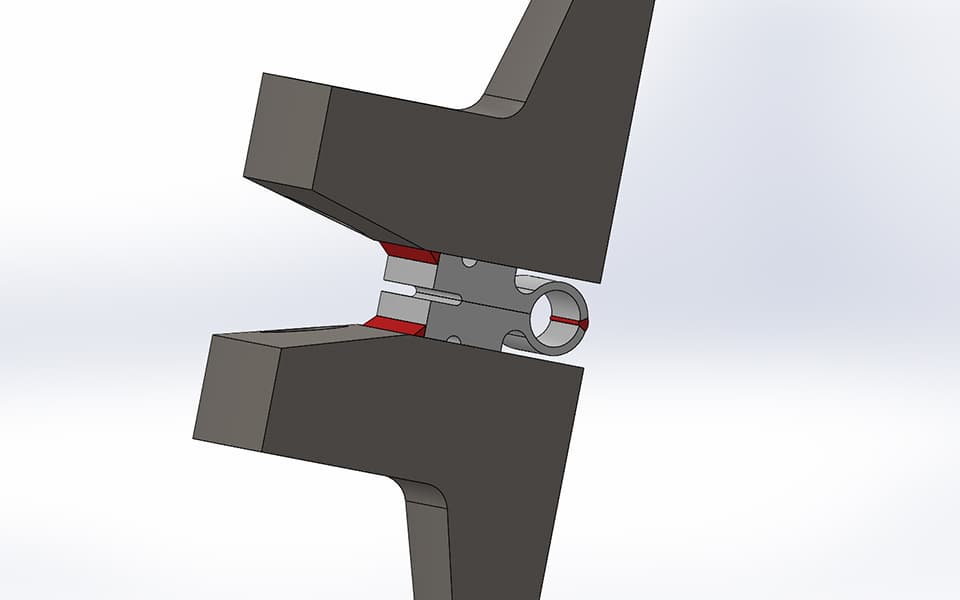
Suitability of the materials and material pairings for welding
The suitability of the materials and material pairings for welding, the specification of the additional welding materials, welding processes and parameters, and the implementation of any thermal treatment (pre / post WHT) must be checked and determined by a special welding engineer, taking into account the conditions at the assembly site. The possibility of welding and site conditions during assembly, as well as the qualification and degree of experience of the personnel carrying out the work, relating to the prescribed welding process, must also be specified or checked by the special welding engineer.

